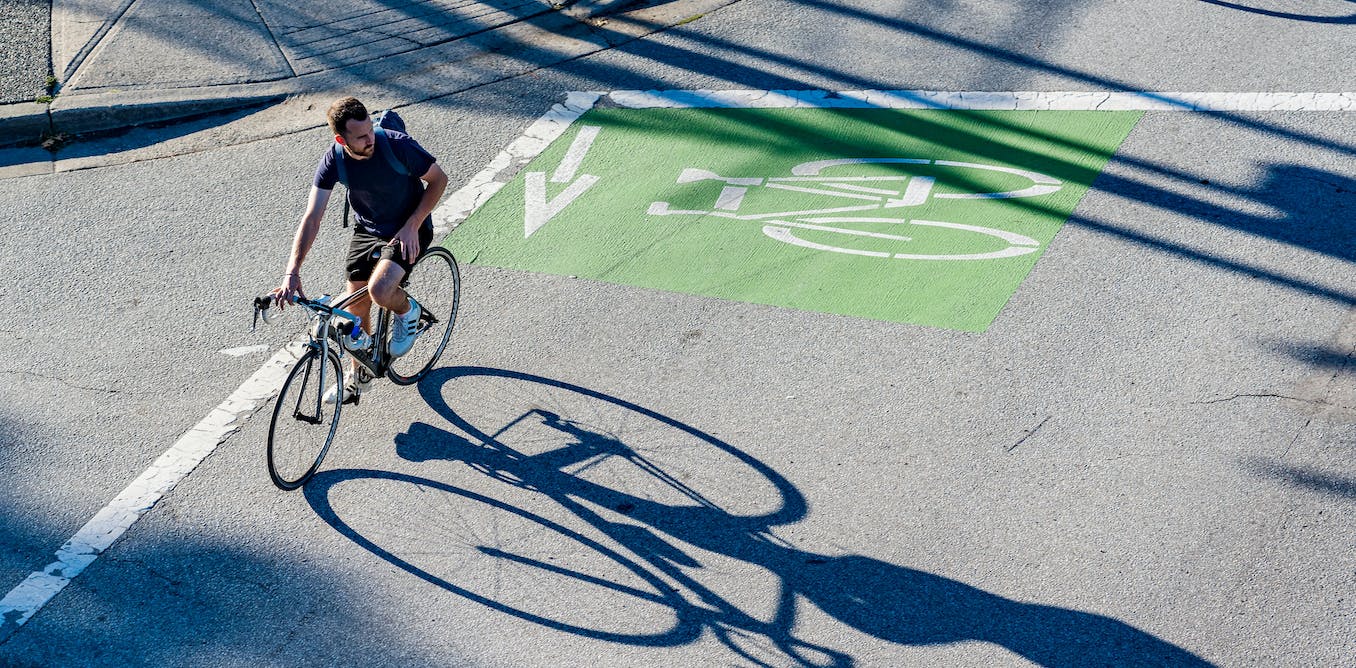Globally, only one in 50 new cars were fully electric in 2020, and one in 14 in the UK. Sounds impressive, but even if all new cars were electric now, it would still take 15-20 years to replace the world’s fossil fuel car fleet.
The emission savings from replacing all those internal combustion engines with zero-carbon alternatives will not feed in fast enough to make the necessary difference in the time we can spare: the next five years. Tackling the climate and air pollution crises requires curbing all motorised transport, particularly private cars, as quickly as possible. Focusing solely on electric vehicles is slowing down the race to zero emissions.



There’s the problem. These articles always come off sounding tone deaf to me, because they refuse to acknowledge the existence of people that don’t live in big cities. There are a fuck load of people that don’t live within a 15 minute drive of a grocery store. People that have multiple kids that go to school and have after school activities 10+ miles from their house. People that live more than 25 miles away from where they work.
I realize the authors might have good intentions, but when I hear articles that basically say “your EV isn’t good enough, you need to ride a bike” I can’t help but think “oooooh fuck off.” Not everyone lives in a city. Not everyone wants to live in a city. An EV is the best option I have, so quit giving me shit for it.
Big cities have highes amount of cars per population. At least in my country.
I think you see the problem.
Yeah big cities have become unaffordable, especially when it comes to raising a family. The idea of paying twice my current mortgage payment for something a quarter of the size just doesn’t appeal to me.
An inconvenient truth
I hope we make driving into my city truly inconvenient.
people live in cities though, here in sweden 82% of the population lives in an urban area, and HALF our population lives in the 3 major cities. Complaining about ignoring rural people is absolutely pointless as it’s hugely more likely that anyone reading the articles is living within moped distance of their job.
Sure, but EVs are solving the wrong problem.
I live in a similar situation as you, about 25 miles from work, 3-4 miles to my kids school along busy roads, and about a mile to the nearest grocery store (not bad). For me, cycling makes little sense (I do it though from time to time) because there are no cycle paths where I need to go, they only go to recreational places.
People driving EVs doesn’t solve the actual problem, which is cities designed around cars instead of pedestrians. What we need isn’t more efficient cars, but more efficient ways to get around.
Think about where you live. Imagine a train connecting your city center to downtown, and cycle paths feeding into the train network. Replace some of the through roads with bus and pedestrian/cyclist-only traffic, and force cars to go around your city (i.e. no through roads). That way, you’d have two options to get to work/school/etc, on a bike/bus/train, or going the long way in your car. If the direct route (train) is competitive with the car, you’d probably take that option instead.
Getting people to ride bikes more isn’t the end goal here, the goal is to show cities, counties, and states that there is demand for better transit, and that a shift away from cars is possible and even wanted. That’s the goal here, not to use bicycles as the solution by itself and vilify cars. Cars will have their place, but that place should be at the outside of cities on longer trips (e.g. that 25+ mile commute, road trips, etc), not on grocery runs or whatever. If we remove a lot of the roads, we’ll have space for stores closer to where people live. That’s the goal.